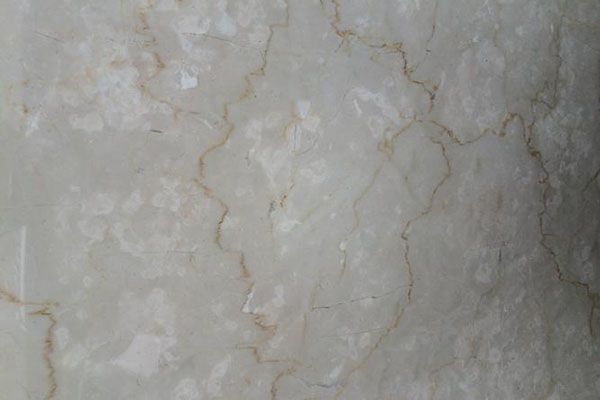Marble is a popular choice for many homeowners and business owners due to its timeless beauty and elegance. However, when it comes to selecting the right type of marble, there are two options to consider: engineered marble and cultured marble. Both types of marble are man-made and have their unique characteristics. In this article, we will compare the composition, durability and maintenance, cost, applications, and pros and cons of engineered marble and cultured marble, so you can make an informed decision about which one is the best fit for your project.
What is Engineered Marble and Cultured Marble?
Engineered Marble
Engineered marble, also known as synthetic marble, is a man-made material that combines natural marble stone chips, resins, and pigments. The manufacturing process involves crushing natural marble into small pieces and combining it with resins to create a solid slab or tile. The pigments are added to create a variety of colors and patterns, and the slab is then polished to give it a glossy finish.
Cultured Marble
Cultured marble is also a man-made material that is made from a blend of natural marble stone chips, resins, and pigments. The manufacturing process involves mixing the marble chips and resins together and then pouring the mixture into molds. The molds are then vibrated to remove any air pockets and left to cure. Once cured, the cultured marble is removed from the mold and polished to give it a glossy finish.
Composition
Engineered Marble
Engineered marble is made of approximately 93% natural marble stone chips and 7% resins and pigments. The resins and pigments are added to the mixture to bind the marble chips together and provide color and pattern variation. The ratio of natural marble stone chips to resins can vary depending on the manufacturer.
Cultured Marble
Cultured marble is made of approximately 75% natural marble stone chips and 25% resins and pigments. The higher percentage of resins used in cultured marble means that it is more moldable than engineered marble. As a result, it can be used to create more complex shapes and designs than engineered marble.
Durability and Maintenance
Engineered Marble
Engineered marble is a durable material that is resistant to scratches, stains, and heat. It is also non-porous, which means that it does not absorb liquids and is easy to clean. To maintain the appearance of engineered marble, it should be wiped clean regularly with a damp cloth and mild soap. Avoid using harsh chemicals or abrasive cleaners, as they can damage the surface of the material.
Cultured Marble
Cultured marble is also a durable material that is resistant to scratches, stains, and heat. However, it is slightly less durable than engineered marble due to its higher percentage of resins. Like engineered marble, it is non-porous and easy to clean. To maintain the appearance of cultured marble, it should be wiped clean regularly with a damp cloth and mild soap. Avoid using harsh chemicals or abrasive cleaners, as they can damage the surface of the material.
Cost
Engineered Marble
The cost of engineered marble can vary depending on the manufacturer, the thickness of the slab, and the color and pattern of the material. Generally, engineered marble is less expensive than natural marble, but more expensive than cultured marble. On average, the cost of engineered marble ranges from $40 to $100 per square foot, including installation.
Cultured Marble
Cultured marble is the most affordable option of the three, with an average cost of $10 to $20 per square foot, including installation. The cost can vary depending on the manufacturer, the thickness of the slab, and the color and pattern of the material. Cultured marble is an excellent choice for those on a budget who still want the look of natural marble.
Applications
Engineered Marble
Engineered marble is a versatile material that can be used in a variety of applications, including kitchen and bathroom countertops, flooring, walls, and decorative items. It is available in a range of colors and patterns, making it easy to find a style that complements your home or business decor.
Cultured Marble
Cultured marble is most commonly used in bathroom applications, such as shower surrounds, tubs, and vanity tops. It is available in a range of colors and patterns, but not as many options as engineered marble. Due to its moldable properties, it is often used for custom-designed applications.
Pros and Cons
Engineered Marble
Pros
- Durable and long-lasting
- Non-porous and easy to clean
- Available in a wide range of colors and patterns
- Resistant to scratches, stains, and heat
Cons
- More expensive than cultured marble
- Can chip or crack if heavy objects are dropped on it
- Not as heat resistant as natural marble
Cultured Marble
Pros
- Affordable
- Moldable, making it easy to create custom designs
- Resistant to scratches, stains, and heat
Cons
- Less durable than engineered marble
- Limited color and pattern options
- Can chip or crack if heavy objects are dropped on it
Conclusion
When it comes to choosing between engineered marble and cultured marble, there are several factors to consider. Engineered marble is a more durable and long-lasting option that is available in a wider range of colors and patterns. It is also more expensive than cultured marble. Cultured marble is the most affordable option and is often used for custom-designed applications due to its moldable properties. It is most commonly used in bathroom applications, such as shower surrounds and vanity tops.
Ultimately, the choice between engineered marble and cultured marble will depend on your budget, the application, and your personal preference. Both materials are man-made and have their unique characteristics that make them suitable for different applications. Consider all of the factors outlined in this article before making your final decision, and consult with a professional to help you select the best marble material for your project.


